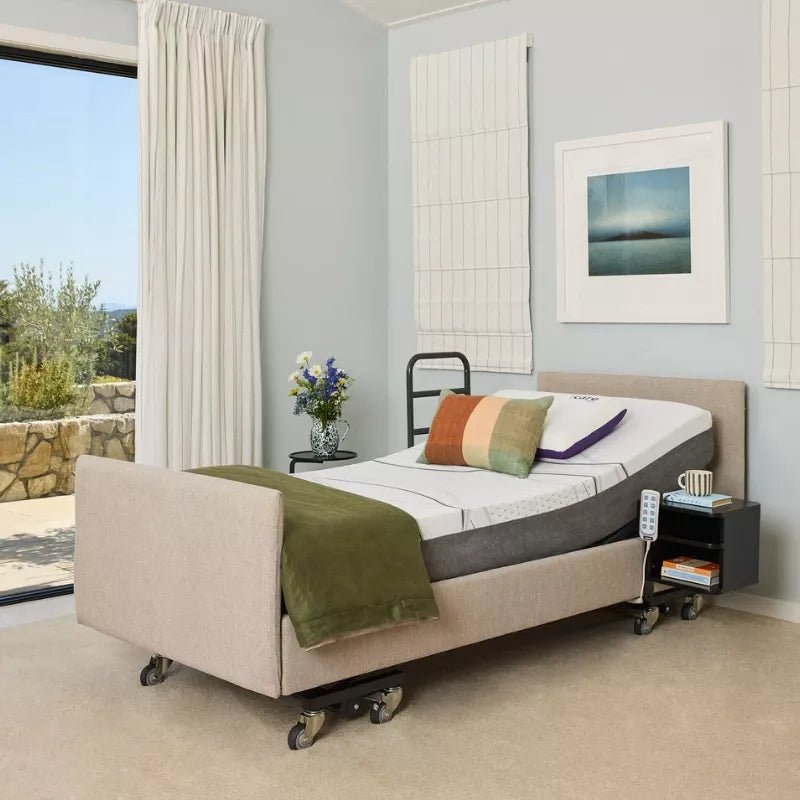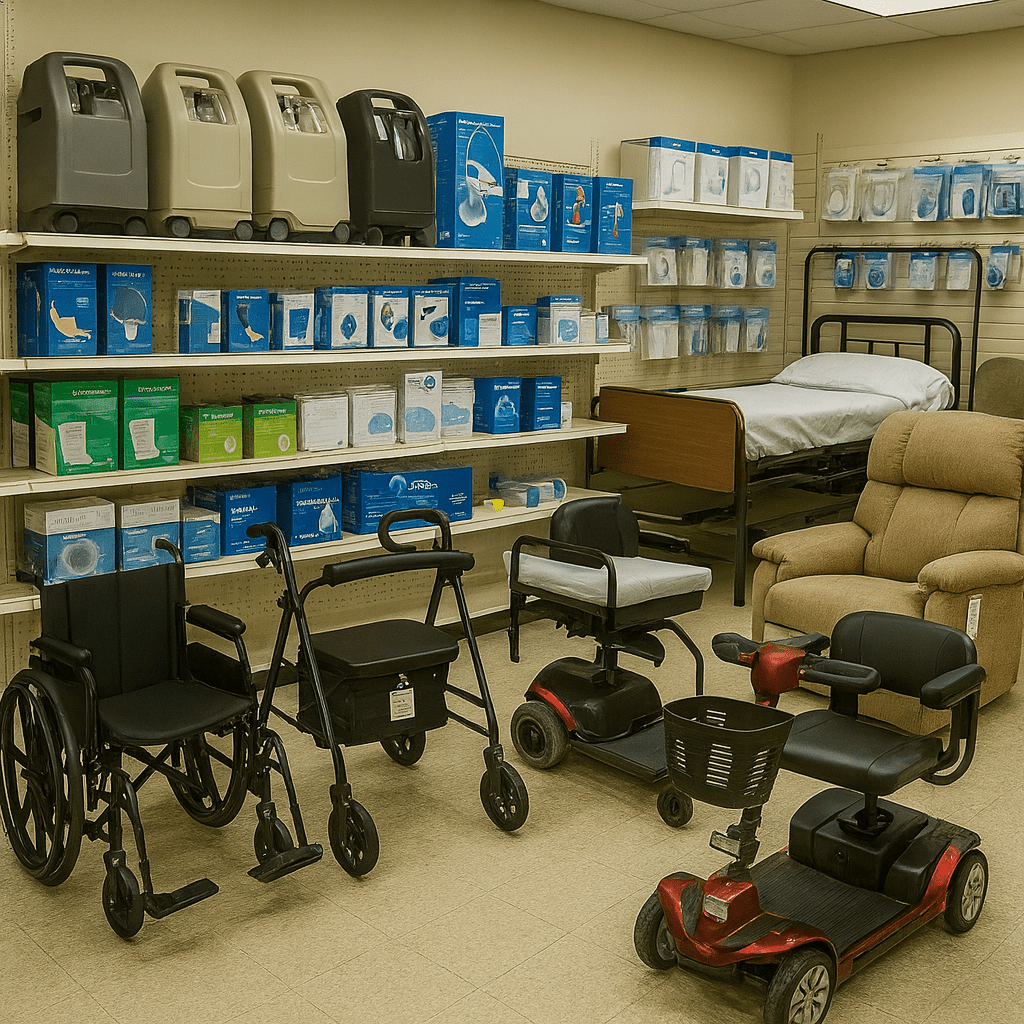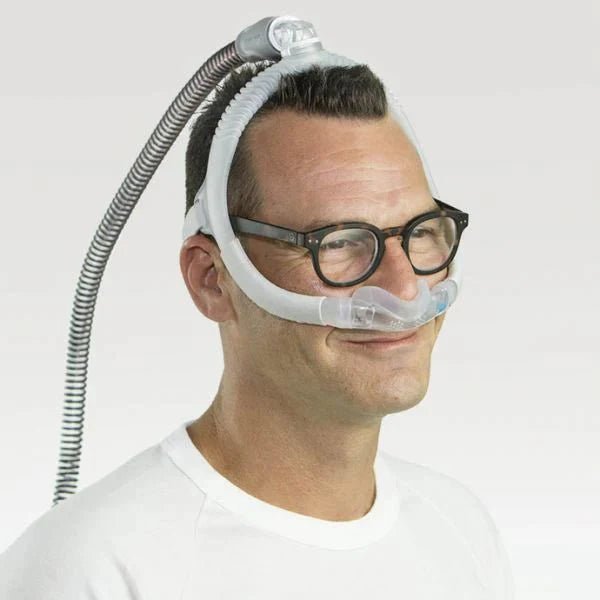What Types of Hospital Beds Are Available for Home Use? (The Complete Guide)
Introduction: Why Choosing the Right Hospital Bed Matters
When a loved one needs a hospital bed at home, families often feel overwhelmed by the choices. You’ll hear terms like manual hospital bed, semi-electric, fully electric, bariatric, hi-low, and even luxury home care beds.
The question we hear most often is:
“What types of hospital beds are available—and which one should I choose?”
At MedEquip Shop, we specialize in cash-pay hospital beds and medical equipment. That means we don’t just hand you the one or two models your insurance approves. We help you understand the full spectrum of options so you can make the decision that’s best for your family.
This article is a complete guide to the different types of hospital beds available for home use. We’ll cover:
-
Manual hospital beds
-
Semi-electric hospital beds
-
Fully electric hospital beds
-
Hi-low hospital beds
-
Bariatric hospital beds
-
Trendelenburg & specialty hospital beds
-
Luxury home care beds
We’ll also discuss mattresses, accessories, and the honest pros and cons of each option.
Manual Hospital Beds
What They Are
Manual beds are the simplest and least expensive. They use hand cranks to adjust the head, foot, or height.
Pros
-
Lowest upfront cost ($900–$1,500)
-
No electricity required (can be adjusted even during power outages)
-
Durable—fewer moving parts to break
Cons
-
Caregivers must do the lifting (cranking is tiring, especially for frequent adjustments)
-
Patients cannot adjust themselves independently
-
Limited comfort for long-term care
Who They Work For
Best for short-term recovery where budget is a concern and caregiver support is strong.
Browse our selection of affordable hospital beds.
Semi-Electric Hospital Beds
What They Are
Semi-electric beds combine electric motors for the head and foot adjustments with a manual crank for height adjustment.
Pros
-
Easier for patients to adjust themselves
-
Caregivers don’t need to manually raise/lower head or foot sections
-
Affordable ($1,200–$2,000)
Cons
-
Bed height still requires manual cranking
-
Not as convenient as fully electric models
Who They Work For
Great for patients who need regular position changes but don’t require frequent height adjustments.
Fully Electric Hospital Beds
What They Are
Fully electric hospital beds allow head, foot, and height adjustments by remote control.
Pros
-
Maximum independence for patients
-
Easier for caregivers—no manual cranking
-
Improves safety during transfers
-
Available in many designs and upgrades
Cons
-
More expensive ($1,800–$4,500)
-
Requires electricity (backup battery optional in some models)
Who They Work For
The most popular option for families choosing cash pay. Ideal for long-term care, elderly patients, or anyone needing frequent adjustments.
Shop our fully electric hospital beds.
Hi-Low Hospital Beds
What They Are
Hi-low hospital beds can be adjusted from very low (7–9 inches off the ground) to standard height.
Pros
-
Excellent for patients at risk of falling (dementia, Alzheimer’s)
-
Safer for transfers when raised higher
-
Fully electric operation
Cons
-
Higher cost ($2,500–$5,000)
-
Larger frames require professional setup
Who They Work For
Patients with high fall risk or advanced care needs.
Bariatric Hospital Beds
What They Are
Bariatric hospital beds are built with wider frames and stronger motors, supporting 500–1,000+ lbs.
Pros
-
Wider sleep surface (42”, 48”, or 54” options)
-
Extra durability for heavier patients
-
Fully electric operation
Cons
-
Expensive ($3,000–$7,000+)
-
Require more space in the room
-
Delivery may require multiple technicians
Who They Work For
Patients who need extra strength and width for comfort and safety.
Explore our bariatric hospital beds.
Trendelenburg & Specialty Beds
What They Are
Some hospital beds offer advanced features like Trendelenburg positioning (tilting the entire body), reverse Trendelenburg, or lateral rotation beds for complex care needs.
Pros
-
Essential for spinal injuries, respiratory conditions, and advanced wound care
-
Improve circulation and comfort for immobile patients
Cons
-
Very expensive ($5,000–$10,000+)
-
Typically not covered by insurance
-
Require larger spaces and strong electrical supply
Who They Work For
Patients with complex medical needs requiring specialized positioning and pressure relief.
Luxury Home Care Beds
What They Are
Luxury hospital beds combine medical functionality with high-end home furniture design. They often feature wood trim, upholstered headboards, and concealed motors.
Pros
-
Look like regular home furniture
-
Provide comfort and dignity for patients
-
Fully electric with premium mattresses
Cons
-
Premium pricing ($4,000–$10,000+)
-
Usually not covered by insurance
Who They Work For
Families who want a bed that blends into the home environment while still offering full hospital functionality.
See our luxury-style hospital beds.
Mattresses for Hospital Beds
A hospital bed is only as comfortable as the mattress it supports. Options include:
-
Innerspring mattresses – Basic, lowest cost.
-
Foam mattresses – More comfort, pressure relief.
-
Alternating pressure/low air loss mattresses – Prevent bedsores, improve circulation.
-
Bariatric mattresses – Wider and stronger for heavier patients.
Explore our hospital bed mattresses.
Essential Accessories
Accessories make caregiving easier and safer:
-
Overbed tables – Meals, reading, laptop use.
-
Patient lifts – Safe transfers from bed to chair.
-
Side rails – Half rails, full rails, or assist bars.
-
Trapeze bars – Help patients reposition independently.
-
Bedside commodes – Convenient for nighttime use.
Honest Observations From Families
Because we sell cash-pay beds, we hear real stories every day:
-
Families almost always prefer fully electric over manual or semi-electric.
-
Hi-low beds are increasingly popular for fall prevention.
-
Aesthetics matter—many families choose luxury beds for living rooms or master bedrooms.
-
Insurance customers often regret not going cash pay after seeing their limited options.
Real-World Scenarios
Scenario 1: Short-Term Recovery
A patient recovering from knee replacement chooses a semi-electric bed for 2 months. Affordable, returned after use.
Scenario 2: Long-Term ALS Care
A family purchased a hi-low bed with an alternating pressure mattress. It prevented sores and made caregiving safer.
Scenario 3: Dignity in Living Room Care
A family caring for their mother in the living room invested in a luxury-style hospital bed. Visitors saw a beautiful bed, not a medical device.
Conclusion: Choosing the Right Hospital Bed
So, what types of hospital beds are available for home use? From manual beds to luxury models, families today have more choices than ever.
If you go through insurance, you’ll be limited to basic manual or semi-electric models.
If you choose cash pay, you can select from the full range: fully electric, hi-low, bariatric, specialty, or luxury designs.
At MedEquip Shop, we believe in transparency: the right bed is the one that balances comfort, safety, and dignity for both patient and caregiver.
Explore our full hospital bed collection today to find the model that fits your home and your loved one’s needs.
Related Questions
-
What’s the difference between manual and electric hospital beds?
-
What type of hospital bed is best for long-term care?
-
What’s the best hospital bed for fall prevention?
-
How wide is a bariatric hospital bed?
-
Do hospital beds look like normal beds?









